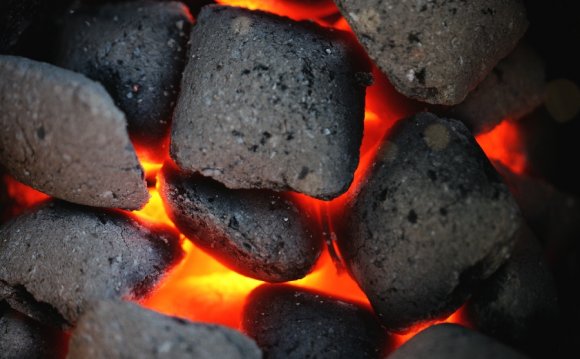
 As a result of the current discussion how further global warming could be prevented or at least mitigated, the revival of nuclear power seems to be in everybody's - or at least in many politician's - mind. It it interesting to see that in many suggestions to mitigate global warming, the focus is put on the advantages of nuclear power generation, its disadvantages are rarely mentioned.
As a result of the current discussion how further global warming could be prevented or at least mitigated, the revival of nuclear power seems to be in everybody's - or at least in many politician's - mind. It it interesting to see that in many suggestions to mitigate global warming, the focus is put on the advantages of nuclear power generation, its disadvantages are rarely mentioned.
Hopefully, the following summary of arguments for and against nuclear power can fill this gap:
Advantages of nuclear power generation:
- Nuclear power generation does emit relatively low amounts of carbon dioxide (CO2). The emissions of green house gases and therefore the contribution of nuclear power plants to global warming is therefore relatively little.
- This technology is readily available, it does not have to be developed first.
- It is possible to generate a high amount of electrical energy in one single plant.
Disadvantages of nuclear power generation:
- The problem of radioactive waste is still an unsolved one. The waste from nuclear energy is extremely dangerous and it has to be carefully looked after for several thousand years (10'000 years according to United States Environmental Protection Agency standards).
- High risks: Despite a generally high security standard, accidents can still happen. It is technically impossible to build a plant with 100% security. A small probability of failure will always last. The consequences of an accident would be absolutely devastating both for human being as for the nature (see here, here or here ). The more nuclear power plants (and nuclear waste storage shelters) are built, the higher is the probability of a disastrous failure somewhere in the world.
- Nuclear power plants as well as nuclear waste could be preferred targets for terrorist attacks. No atomic energy plant in the world could withstand an attack similar to 9/11 in New York. Such a terrorist act would have catastrophic effects for the whole world.
- During the operation of nuclear power plants, radioactive waste is produced, which in turn can be used for the production of nuclear weapons. In addition, the same know-how used to design nuclear power plants can to a certain extent be used to build nuclear weapons (nuclear proliferation).
- The energy source for nuclear energy is Uranium. Uranium is a scarce resource, its supply is estimated to last only for the next 30 to 60 years depending on the actual demand.
- The time frame needed for formalities, planning and building of a new nuclear power generation plant is in the range of 20 to 30 years in the western democracies. In other words: It is an illusion to build new nuclear power plants in a short time.
Sustainability: Is nuclear energy sustainable?
For several reasons, nuclear power is neither «green» nor sustainable:
- Both the nuclear waste as well as retired nuclear plants are a life-threatening legacy for hundreds of future generations. It flagrantly contradicts with the thoughts of sustainability if future generations have to deal with dangerous waste generated from preceding generations. See also here .
- Uranium, the source of energy for nuclear power, is available on earth only in limited quantities. Uranium is being «consumed» (i.e. converted) during the operation of the nuclear power plant so it won't be available any more for future generations. This again contradicts the principle of sustainability.
YOU MIGHT ALSO LIKE

Hydro power station at Linton Falls.

Coal-fired power station at Uskmouth to shut

Advantages And Disadvantages Of Fossil Fuels









